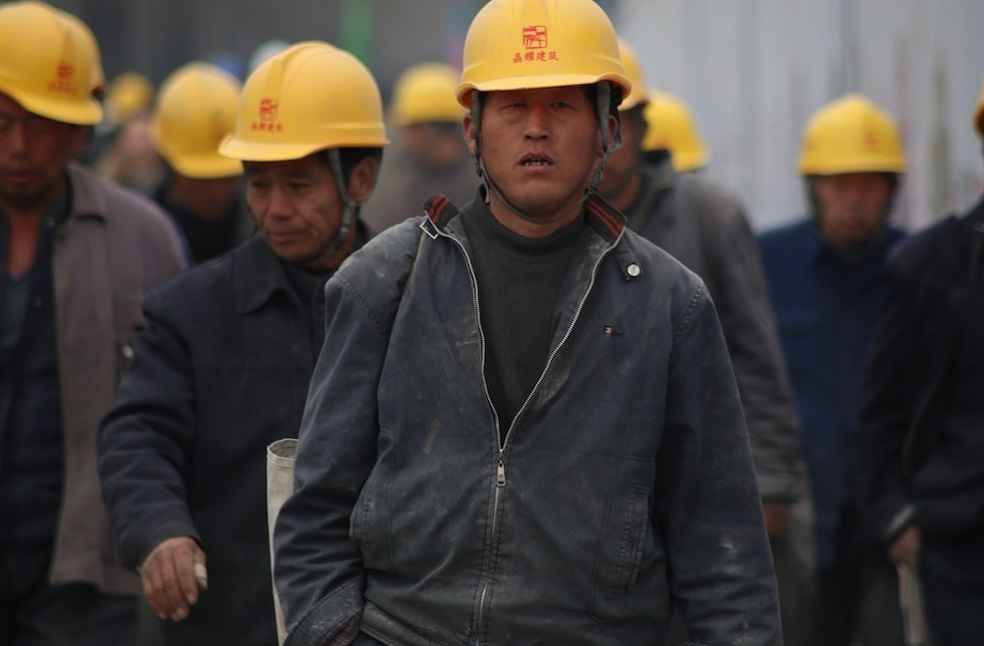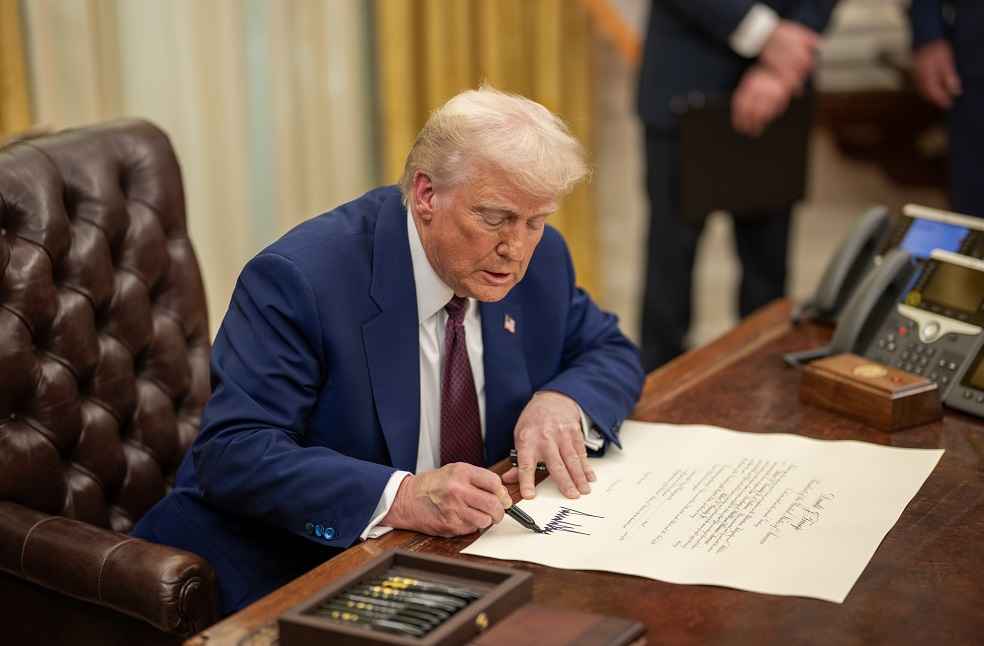China’s factory activity shrank in May, though the pace of decline eased compared to the previous month, reflecting tentative signs of stabilisation following a new tariff deal with the United States.
According to data released by the National Bureau of Statistics (NBS) on Saturday, the official Purchasing Managers’ Index (PMI) rose to 49.5 in May from 49.0 in April. A PMI reading below 50 indicates contraction, while a score above 50 signals expansion.
The manufacturing index showed signs of growth, yet the sub-index for new orders remained below the 50 threshold, suggesting demand remains sluggish despite some improvement.

NBS senior statistician Zhao Qinghe noted that certain manufacturers engaged in U.S. trade reported an increase in foreign trade orders, alongside improved conditions for both imports and exports.
This partial recovery follows a recent agreement between China and the United States to reduce steep tariffs imposed during the previous administration. Under the deal, tariffs introduced by former President Donald Trump were lowered from 145% to 30% for a 90-day period, allowing time for further negotiations. In response, China cut its tariffs on U.S. goods from 125% to 10%.
Despite these reductions, tariffs remain elevated compared to levels before Trump’s presidency, and uncertainty persists over the durability of the truce.

Tensions flared again on Friday when Trump criticized China for allegedly breaching an unspecified agreement, stating on social media that he would no longer be “Mr. NICE GUY” on trade. He later expressed hope for a resolution following an upcoming conversation with Chinese President Xi Jinping, though he maintained that Beijing had not upheld its commitments.
TRADE WORLD | U.S. Appeals Court Temporarily Allows Trump to Maintain Tariffs



